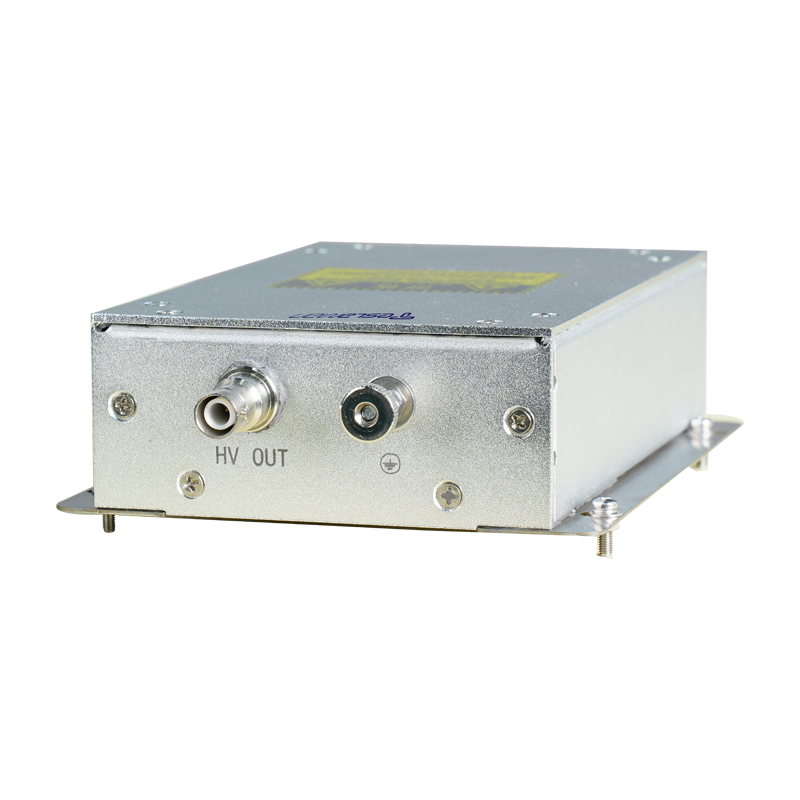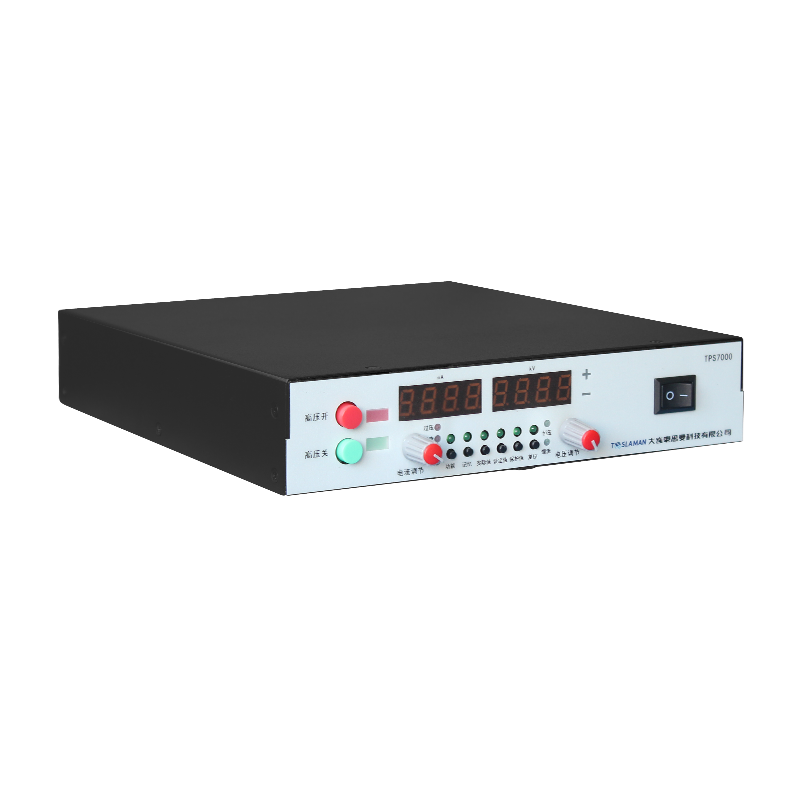Electrophoretic Driving Force of High-Voltage Power Supplies in Capillary Electrophoresis
In modern separation and analysis technologies, capillary electrophoresis has become an important tool in fields such as biochemistry and pharmaceutical analysis due to its advantages of high efficiency, rapidity, and small sample consumption. The electrophoretic driving force provided by the high-voltage power supply in capillary electrophoresis is the core element for achieving efficient sample separation. An in-depth exploration of the principles, influencing factors, and optimization strategies of the electrophoretic driving force is of great significance for improving the analytical performance of capillary electrophoresis.
The electrophoretic driving force in capillary electrophoresis mainly originates from the electric field force and electroosmotic flow. Under the action of the electric field force, charged particles move towards the electrode opposite to their charge within the capillary. The migration speed of the particles is directly proportional to their charge amount and the electric field strength, and inversely proportional to the particle size and the viscosity of the solution. The electroosmotic flow is due to the relative movement of the double layer formed by the surface charges of the capillary inner wall and the counterions in the solution under the action of the electric field, driving the overall flow of the solution. In most cases, the electroosmotic flow velocity is greater than the electrophoretic migration velocity of ions, enabling the separation of particles with different properties, regardless of their positive or negative charges, in a single electrophoresis process.
There are numerous and complex factors affecting the electrophoretic driving force. From the perspective of the power supply, the stability of the output voltage of the high-voltage power supply directly determines the stability of the electric field strength. Voltage fluctuations will cause changes in the electric field force, making the particle migration speed unstable and thus affecting the repeatability and accuracy of separation. In addition, the output ripple of the power supply is also an important influencing factor. Excessive ripple may introduce additional noise and interfere with the electrophoresis process.
Analyzing from the aspects of the capillary and the sample solution, the inner diameter, length, and inner wall properties of the capillary have a significant impact on the electrophoretic driving force. A smaller inner diameter can reduce radial diffusion and enhance separation efficiency but will limit the sample capacity; the modification of the inner wall will change the surface charge distribution and affect the magnitude of the electroosmotic flow. Parameters such as the ionic strength and pH value of the sample solution are also crucial. Excessively high ionic strength will increase the conductivity of the solution, generate a large amount of Joule heat, cause solution convection, and disrupt the separation effect; the pH value will change the dissociation state of sample molecules, affecting their charge properties and migration behavior.
To optimize the electrophoretic driving force, measures can be taken from multiple aspects. In the design of high-voltage power supplies, high-precision voltage regulation technologies and low-ripple output solutions are adopted to ensure stable and pure output voltages. By introducing advanced feedback control algorithms, the output voltage is monitored and adjusted in real time to reduce voltage fluctuations. In terms of capillary selection and treatment, capillaries with appropriate inner diameters and lengths are selected according to the sample characteristics, and the inner walls are properly modified to regulate the magnitude of the electroosmotic flow. For the sample solution, its ionic strength and pH value are precisely controlled to optimize the separation conditions.
The electrophoretic driving force of high-voltage power supplies in capillary electrophoresis is a complex system with multiple interacting factors. Only by deeply understanding its principles, precisely controlling each influencing factor, and taking targeted optimization measures can the advantages of capillary electrophoresis be fully utilized to achieve more efficient and accurate sample separation and analysis.




















